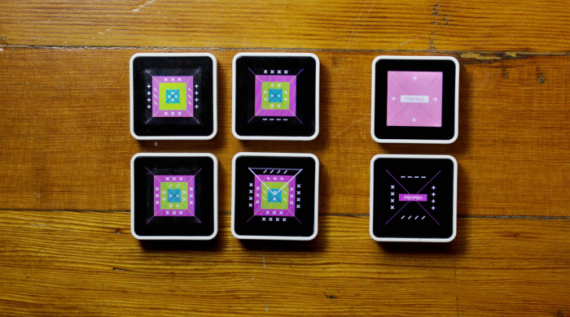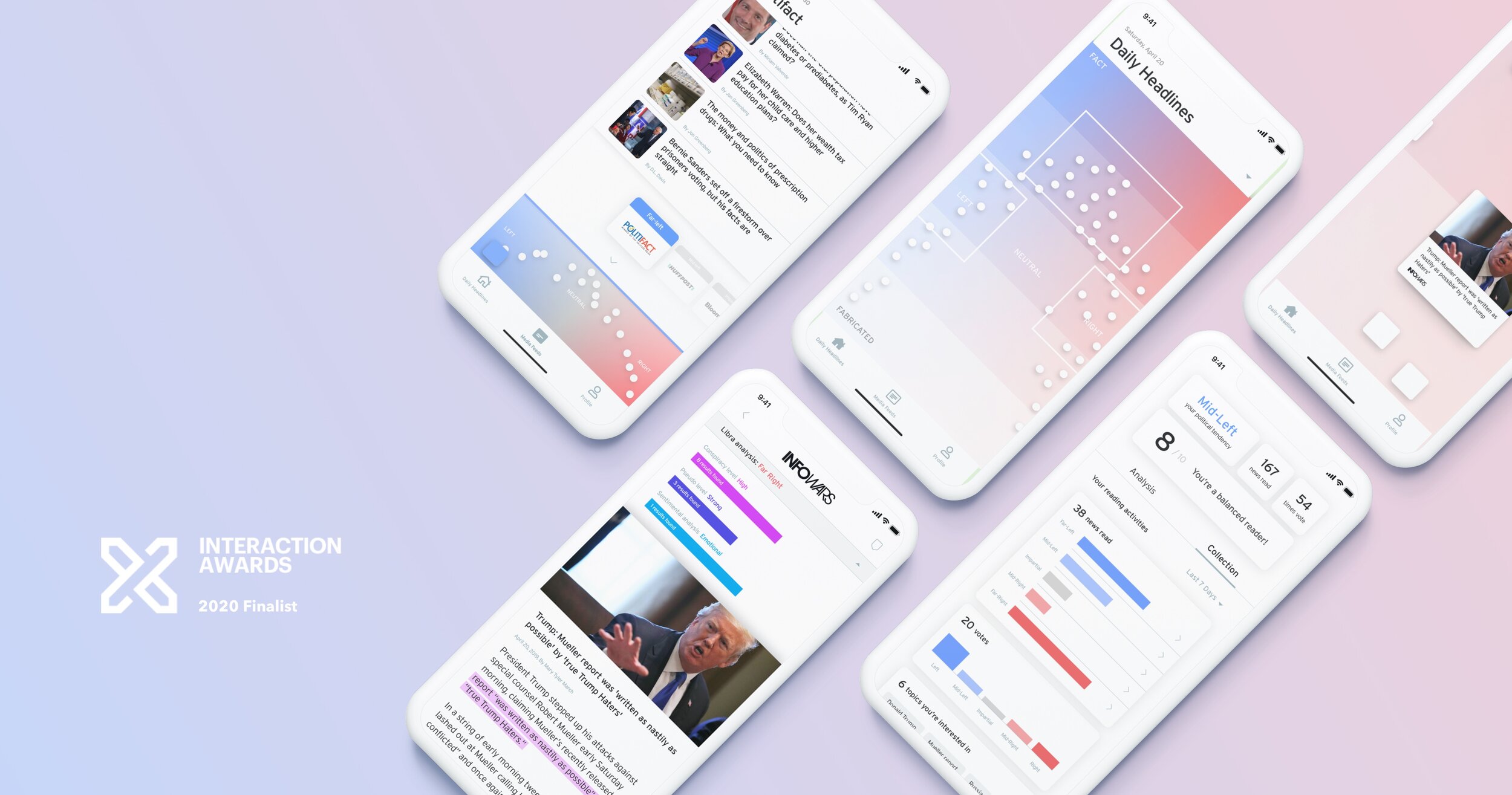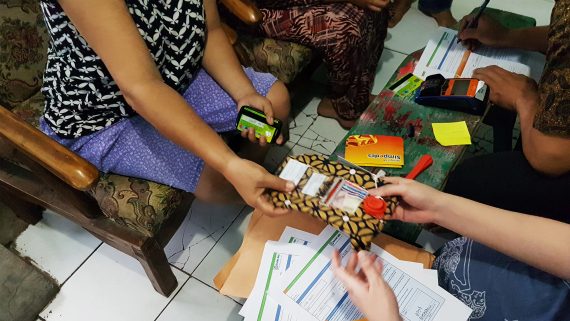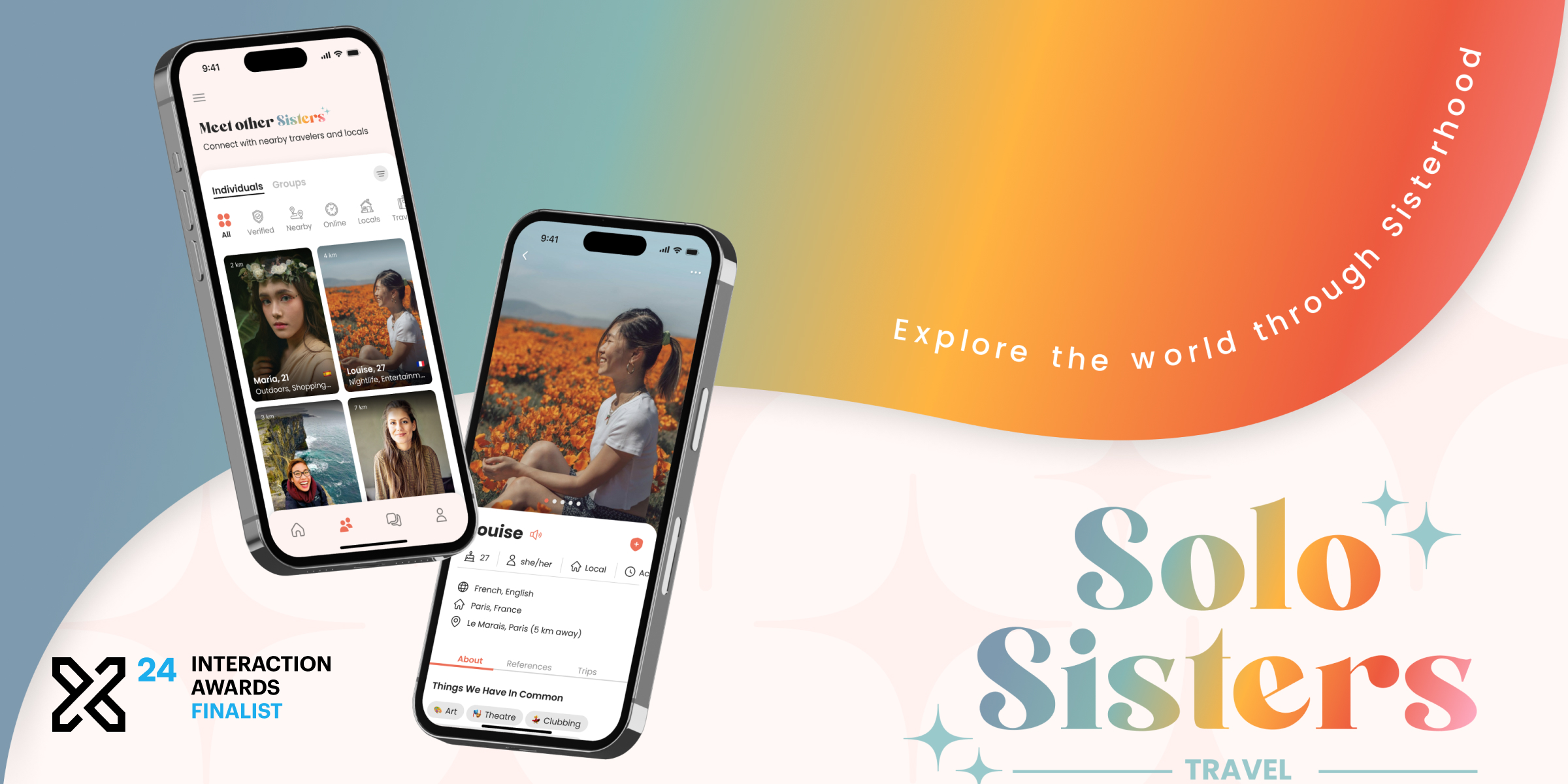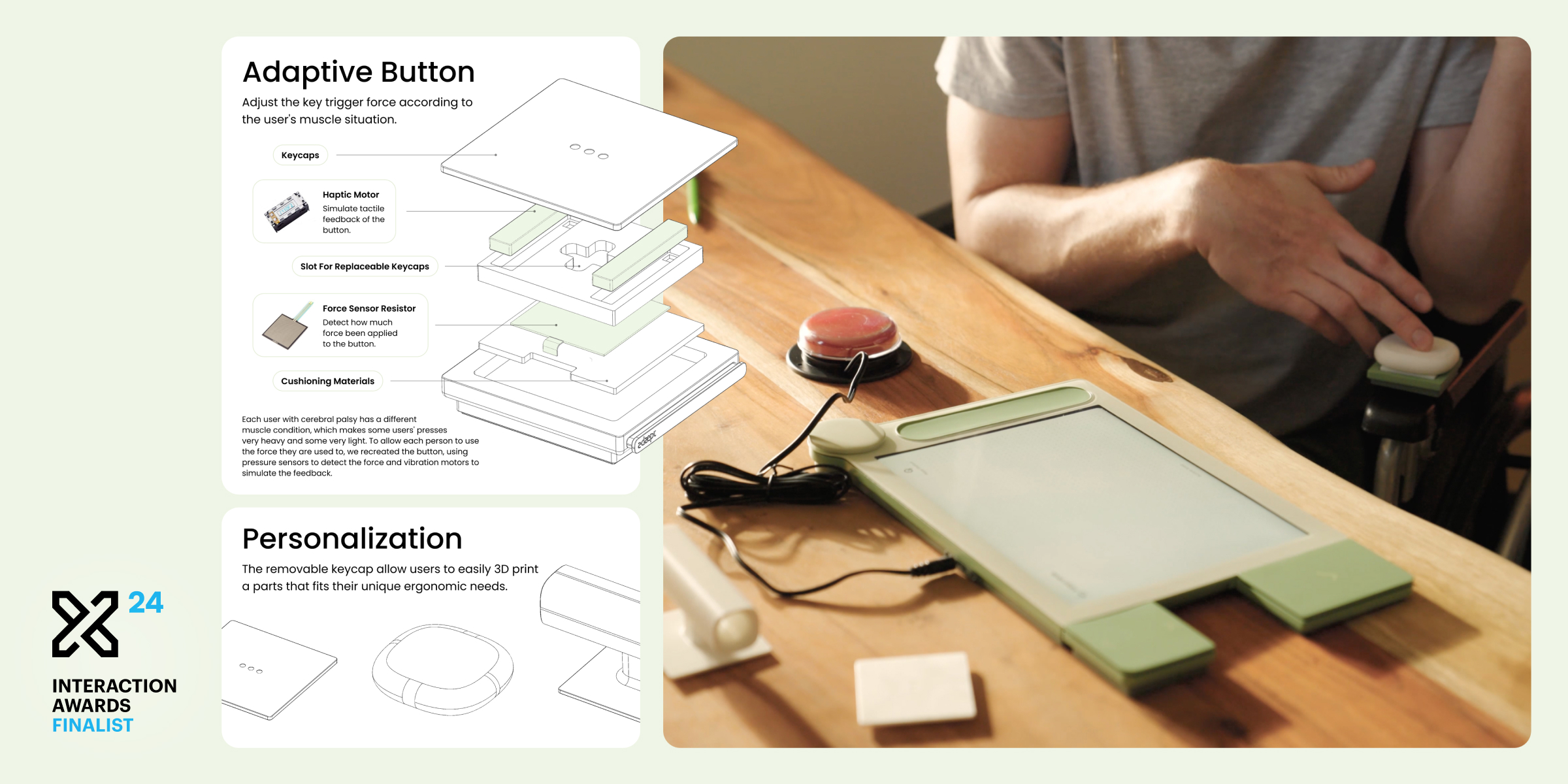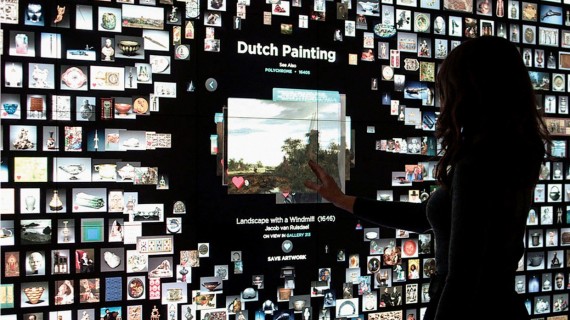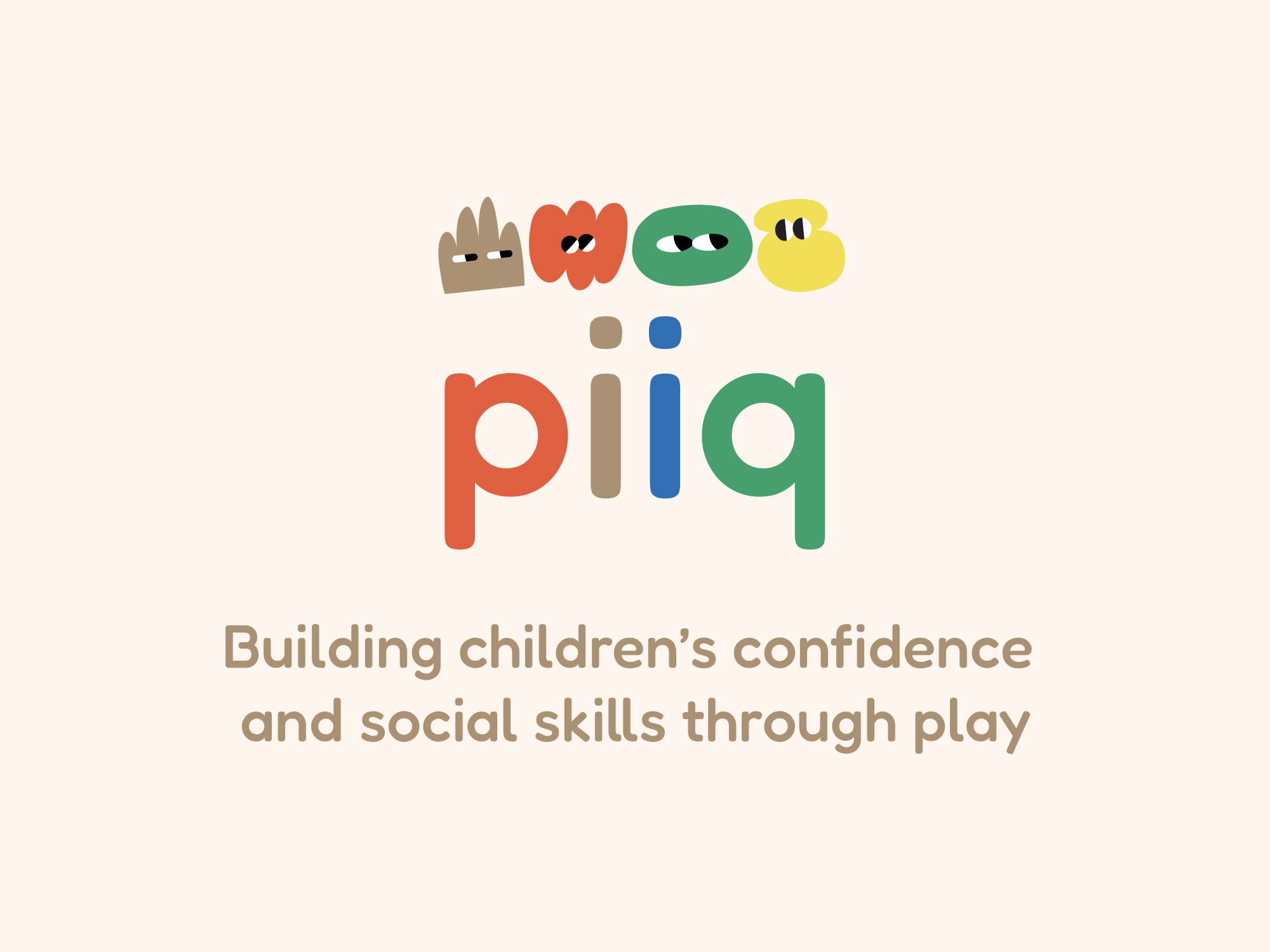LoopLoop
Team
Company | Institution
Category
Type
Project description
LoopLoop is an interactive music toy for Sifteo cubes. LoopLoop uses hyper- minimal visuals and rich, smile-making sounds to let anyone make music without knowing a thing about music. Because of the Sifteo cubes' 1.5" screen, it might just be the world's smallest music sequencer. Stimulant was the only third-party design and development agency engaged by Sifteo to create a launch game for the Sifteo Intelligent Play platform.
Context
Sifteo asked us to contribute to their launch portfolio of games that focus on kinesthetic learning, spatial reasoning, and collaboration. We whittled dozens of concepts down to a project that our music-obsessed staff would love to work on: a multitrack music toy that was more exploratory than goal-based, and would leverage the minimalist and modular nature of the cubes themselves.
Our core design challenges revolved around creating a rich and immediate interface for a device with a 128-px-wide, 256-color screen with only one button, which could have anywhere between three and six cubes as part of the experience. Our design approach was itself kinesthetic, relying on physical prototyping, role-playing, and using our hands (and voices) rather than our keyboards.
No one had pushed the audio side of the Sifteo SDK prior to our project. Our core technical challenge was optimizing our application to minimize latency and optimize efficiency to a much higher degree than traditional handheld devices.
Impact
Our solution was to use neighboring – letting cubes touch one another – to let loops be “poured” or “bumped” onto a sequencer cube from an instrument cube, just as paint can be poured from a can or applied from a palette. Each cube’s button either cycles through sounds or pauses the song. Another cube acts as a preview tool so the user can hear the loop before placing it. This modular approach lets the toy be expandable for longer compositions, and opens the door for new functionality to be added in the future.
Sifteo cubes will begin shipping in September 2011, and LoopLoop will be available as a free game download upon the product’s launch. While aimed at ages 12 and over, we’ve found that children as young as 18 months are able to grasp the core cause-and-effect usage model and make smile- inducing tunes in less than 20 seconds. We’re anxious to see how the platform evolves!
Craft
Our team started prototyping the interaction design on paper, covering fake cubes in post-it notes to denote certain screen states, and physically role-playing through the interactions between each Sifteo cube. We even used physical game pieces from existing, commercial games to playtest the entire application without writing a line of code. We even used verbal human beatboxing in lieu of actual audio output. We opted for a visual style that would mimic the inferred emotional attributes of the Sifteo cubes themselves: cute, minimal, quirky, with surprising complexity revealed over time.
This look and feel influenced the sound palette and naming of the application, which is a nod both to the onomatopoeia of the patterns, as well as the nature of how the tracks repeat themselves. The sound design and music composition process was driven by a desire to balance modernity and technology with no small amount of whimsy. The Stimulant team aggressively stuck to a “less is more” ethic when it came to features, scope, and priorities. We focused on doing fewer things, and doing them better. Many features were cut to keep the user experience direct, simple, guessable, and immediate.
Context
Sifteo asked us to contribute to their launch portfolio of games that focus on kinesthetic learning, spatial reasoning, and collaboration. We whittled dozens of concepts down to a project that our music-obsessed staff would love to work on: a multitrack music toy that was more exploratory than goal-based, and would leverage the minimalist and modular nature of the cubes themselves.
Our core design challenges revolved around creating a rich and immediate interface for a device with a 128-px-wide, 256-color screen with only one button, which could have anywhere between three and six cubes as part of the experience. Our design approach was itself kinesthetic, relying on physical prototyping, role-playing, and using our hands (and voices) rather than our keyboards.
No one had pushed the audio side of the Sifteo SDK prior to our project. Our core technical challenge was optimizing our application to minimize latency and optimize efficiency to a much higher degree than traditional handheld devices.
Impact
Our solution was to use neighboring – letting cubes touch one another – to let loops be “poured” or “bumped” onto a sequencer cube from an instrument cube, just as paint can be poured from a can or applied from a palette. Each cube’s button either cycles through sounds or pauses the song. Another cube acts as a preview tool so the user can hear the loop before placing it. This modular approach lets the toy be expandable for longer compositions, and opens the door for new functionality to be added in the future.
Sifteo cubes will begin shipping in September 2011, and LoopLoop will be available as a free game download upon the product’s launch. While aimed at ages 12 and over, we’ve found that children as young as 18 months are able to grasp the core cause-and-effect usage model and make smile- inducing tunes in less than 20 seconds. We’re anxious to see how the platform evolves!
Craft
Our team started prototyping the interaction design on paper, covering fake cubes in post-it notes to denote certain screen states, and physically role-playing through the interactions between each Sifteo cube. We even used physical game pieces from existing, commercial games to playtest the entire application without writing a line of code. We even used verbal human beatboxing in lieu of actual audio output. We opted for a visual style that would mimic the inferred emotional attributes of the Sifteo cubes themselves: cute, minimal, quirky, with surprising complexity revealed over time.
This look and feel influenced the sound palette and naming of the application, which is a nod both to the onomatopoeia of the patterns, as well as the nature of how the tracks repeat themselves. The sound design and music composition process was driven by a desire to balance modernity and technology with no small amount of whimsy. The Stimulant team aggressively stuck to a “less is more” ethic when it came to features, scope, and priorities. We focused on doing fewer things, and doing them better. Many features were cut to keep the user experience direct, simple, guessable, and immediate.

